The third week of October is Texas Native Plant Week. School children and their teachers, native plant organizations, and individual gardeners are encouraged to learn about and then plant natives in eagerly awaiting gardens. Aside from their beauty, native plants are a snap to grow with our capricious Texas weather patterns and difficult soils. Native plants also provide sustenance and protection for endemic and migrating wildlife; diversity in all forms improves when gardeners go native in their landscapes. Throughout the year and in every part of Texas, native plants are a key driver for conservation of our unique natural landscapes.
If you don’t live in Texas, celebrate the native plants of your region by growing natives in your garden and encouraging neighborhood and school groups to do the same.
Below are but a few of the native plants that I grow in my garden. Many are passalong plants, shared with me by keen and generous gardeners. Some are plants that I started from seeds, testing my gardener’s patience as I’m always excited to see how something fares as it grows and matures. A couple of these plants appeared–unplanned, but very welcomed–by serendipitous acts of birds or the wind. Many of these plants were purchased at Austin’s awesome locally owned nurseries. All of these plants grow with little effort and less water than what a typical lawn demands. Ease of endeavor notwithstanding, my garden is alive with pollinator and bird activity, which is how a garden should exist.
No matter where you live and even if some of your plants’ ancestors hail from far away places, make room in your plot of the Earth for native plants. You’ll help heal the world substantially, by conserving water and natural habitat, and by increasing local diversity of plants and wildlife.
Native plants are beautiful and belong where you live and garden.
Spring:
Late spring, early summer:
Summer:
Autumn:
Winter:
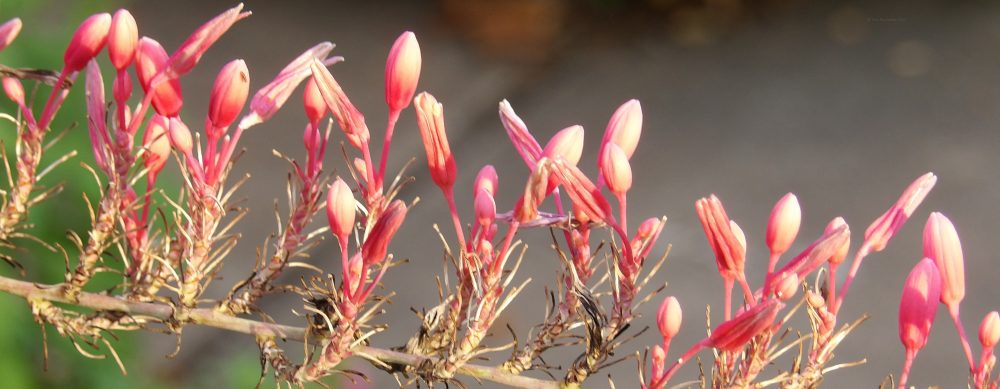

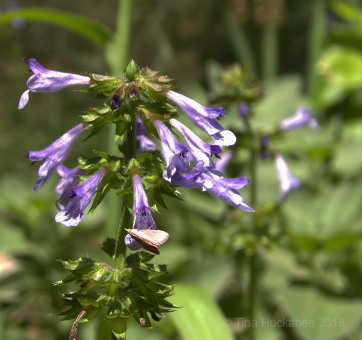
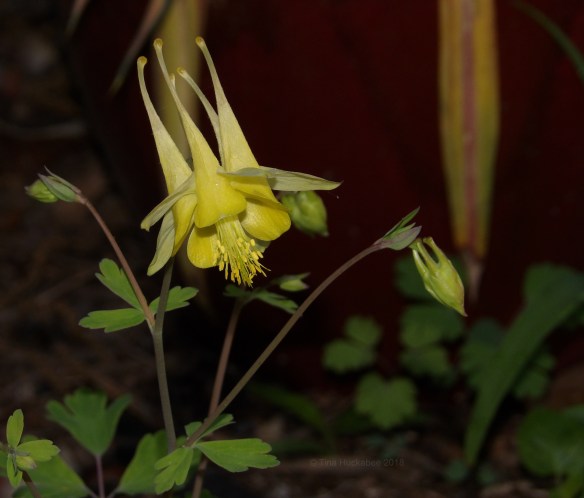
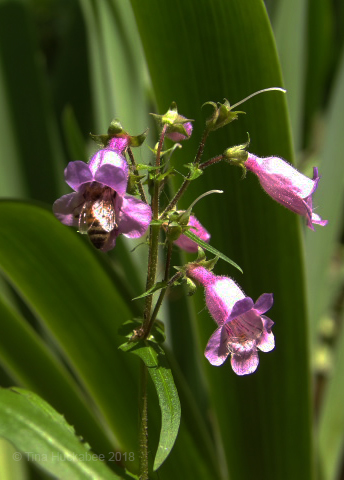
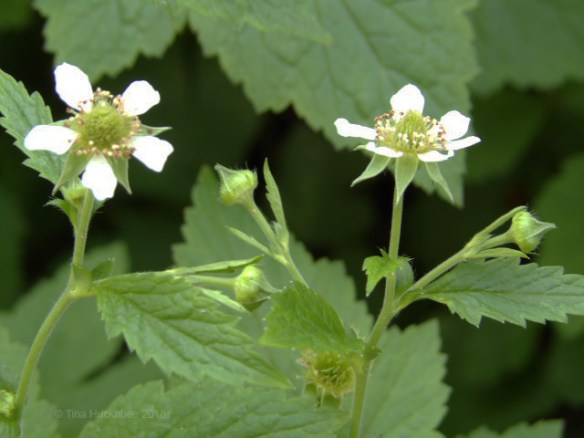

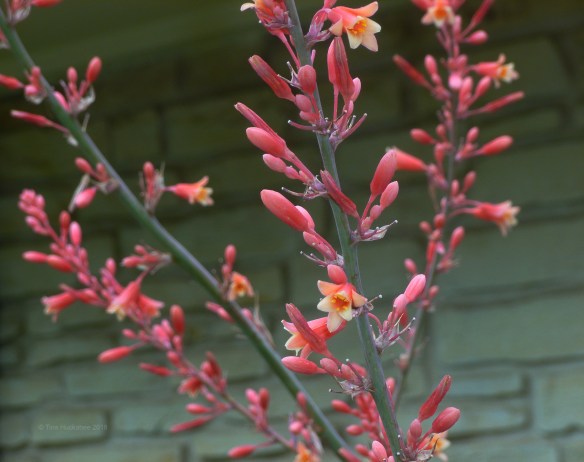

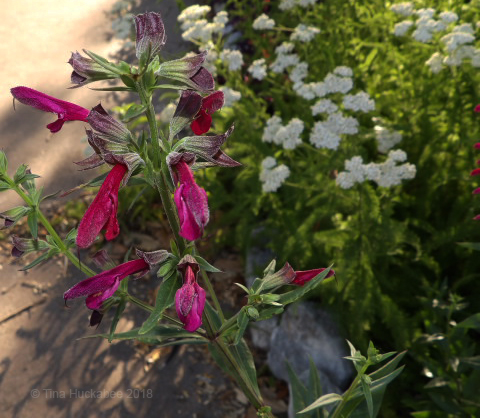








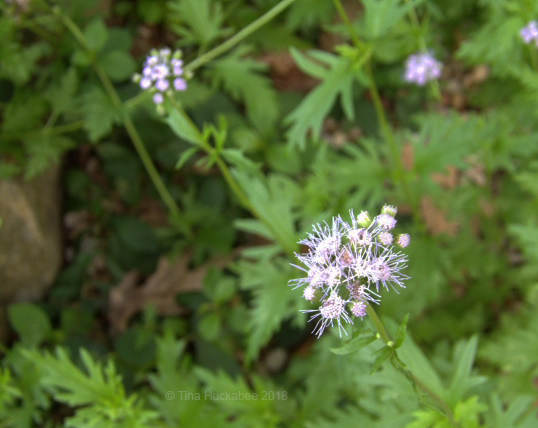
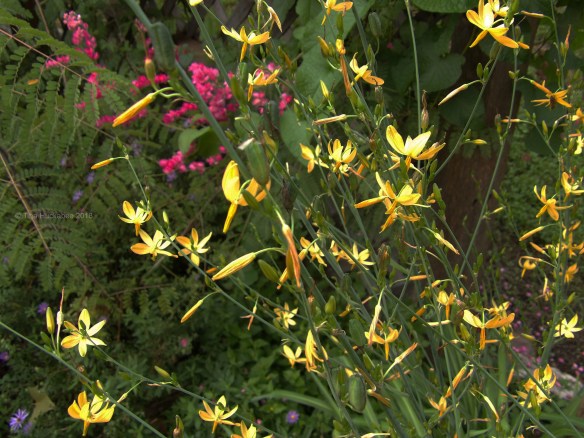
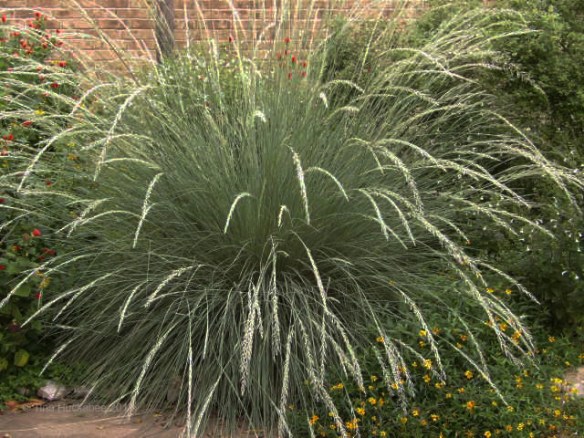
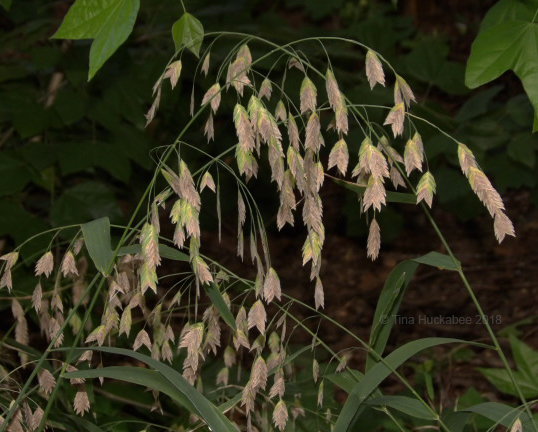





Excellent article—great plants and photos!
LikeLike
Thanks, glad you enjoyed!
LikeLike
Lovely! Happy Native Plant Week. Many of these are native here in Wisconsin, too, including Sea Oats, Purple Coneflowers, and White Avens. All those Salvias are gorgeous, and I’ll bet the hummingbirds love them!
LikeLike
Thanks, Beth. I know that you also have many of these. I recall that your Avens bloom a bit later than ours, as do your coneflowers. Natives rock!
LikeLike
Red yucca? I should have known that is native there. I just always ignored it because it is not a ‘real’ yuccca. The Texas red oak is something I saw in Oklahoma (I think), but never saw available here.
How odd that your Native Plant Week is now. Is that because this is the planting season?
LikeLike
We have a ‘second spring’–a full, lush blooming period after our summers, rivaling the spring blooming period and it’s a good time to encourage planting and seed-sowing. Fall is really the best time to plant in most of Texas, the Panhandle being the one exception.
LikeLiked by 1 person
I suppose a second spring makes sense in a harsh climate that gets rainy before it gets cold. We have specie that defoliate in the the heat and aridity of summer and then refoliate briefly in autumn. They are ‘twice-deciduous’. It sounds weird, and looks weirder, but it seems to work for them.
LikeLiked by 1 person
Thanks for a great post! The craglily is beautiful, and new to me – I will have to search that out.
LikeLike
Really, the craglily is one of my favorites! I found it at our local Barton Springs Nursery, they tend to carry it in late summer. They call it ‘Copper Spiders’, though I’ve never seen it referred to that name anywhere else. The ones I purchased have seeded out. Here’s info from LBJWC: https://www.wildflower.org/plants/result.php?id_plant=ECTE4
LikeLike
Thank you! I love Barton Springs Nursery, and since I’m moving to a new garden (!) in a few months, I will have all kinds of reasons to visit.
LikeLike
How exciting, a new garden!! Don’t spend all your $ there. 🙂
LikeLike
Great post. I have several of the same plants. My craglily has done well and now I’m looking for a new area in garden to plant the seedlings.
LikeLike
Thanks and glad to know that you’ve enjoyed the craglily. It should be used more!
LikeLiked by 1 person
Red yucca is the only yucca I have ever liked. Great photos.
LikeLike
I love it! I’m not a spiky plant fan, so it’s got the drought tolerant yucca-ness, without spikes that are too awful.
LikeLike
I’m amazed that I could identify sixteen of your plants. I still get confused by the sages and the various penstemons. The crag lily is unfamiliar, as was the Lindheimer muhly. I only know the Gulf muhly.
You’re certainly right that we get that second spring. If only our weather would cooperate! We have another week ahead of us filled with mist, fog, and rain — although we’ve escaped things like the flooding on the Llano. I read this morning that Lake Travis will be full by the end of this week.
Even though I don’t garden, I do have a camera, and that let me contribute to the week in a new way. Lookie here. Save the sunflowers (aren’t they gorgeous?) all of the photos are mine. It’s proof that everyone can contribute in one way or another.
Sometimes, it’s good to explore new ecoregions, too. I went east on Sunday, and enjoyed the day at the Nature Conservancy’s Sandylands Sanctuary near Kountze. There are truly rare plants there that I’ll be showing photos of. Beyond that, I was able to see Palafoxia, liatris elegans, and snake cotton for the first time. We have such riches in this state — I wish more people knew about them.
LikeLike
And gorgeous photos they are! Thanks for the link and congrats that your photos were published on the site. I love Gulf muhly, but I’ve had no luck with it–too little full sun and heavy soil. I do have more sun in my front garden now, than when I was trying to grow it, but no room!
We’re water-logged too, with non-stop rain for the last couple of days! All my in-full-bloom plants are lying low, heavy with rain drops.
You’re so right about the rich diversity that we have here in Texas. Many don’t realize just how much grows and the variety that each region offers. I look forward to your post(s) about these new (to you and probably me, too!) plants.
LikeLiked by 1 person
Maybe I’ve said this before, but I like to think of native plants as the bottom layer of the food pyramid. Provide a broad layer of natives, then “nativars” and so on, all the way up to the exotics at the top. Not to say that my own garden makes that much sustainable sense, but I’m trying. Oregon has a lot of fabulous natives, too. Most of the ones currently residing in my garden are of a smaller variety, like ferns, rushes, dog tooth lilies, etc. I have a Garrya elliptica and a Holodiscus shrub I’m desperately trying to make space for. That Crag lily is amazing. Would love to grow that!
LikeLike
Oh, I think you’re absolutely correct–natives feed so much and are required for so much of a healthy system. I love that craglily too!!! Though I adore my natives, I’m not a purest–who could be?? And especially, that’s true in an urban garden.
I know that Oregon has beautiful native plants and that they’re more and more available in your local nurseries. I don’t know if I’ve mentioned this, but my best friend from college is Dr. Linda Hardison of OSU. She heads-up the Oregon Flora Project. If you haven’t, download their phone app of native plants. It’s quite beautiful to use and I found it really helpful when we’d hike in Oregon (sniff, I miss going there!), to learn about plants I came across.
LikeLiked by 1 person
Oh, how cool! I will definitely check that app out. As always, eager to learn more. So much anonymous beauty out there…
LikeLiked by 1 person
https://bpp.oregonstate.edu/people/hardison-linda
http://www.oregonflora.org/
LikeLike
Happy Tina Week of Native Texas Plants! Tina the photos are magnificent. I like very much all your plants. There is one, the yarrow, which is also native here. The plants that I liked the most are red yucca, tropical white sage, big red sage, echinacea purpurea, yellow aquilegia and cragily. They are all very beautiful. Greetings from Margarita.
LikeLike
Thanks, Margarita! I love all of the plants that you mention. You have a nice week too!
LikeLike
Interesting that there is only one species that we share from your list (Purple Coneflower), but many close relatives from the same genus. I have visited Austin only in winter, I would love to visit in spring and fall to see the wildflowers from those seasons. Thanks for sharing this selection.
LikeLike
Don’t forget the Inland sea oats! I know you can grow those babies, too! You would enjoy Austin in its best bloom times, that of October and March-June! C’mon down!
LikeLiked by 1 person
What a great idea!must see what species are native to my area!
LikeLike
You’ll enjoy learing about what has evolved where you are!
LikeLiked by 1 person